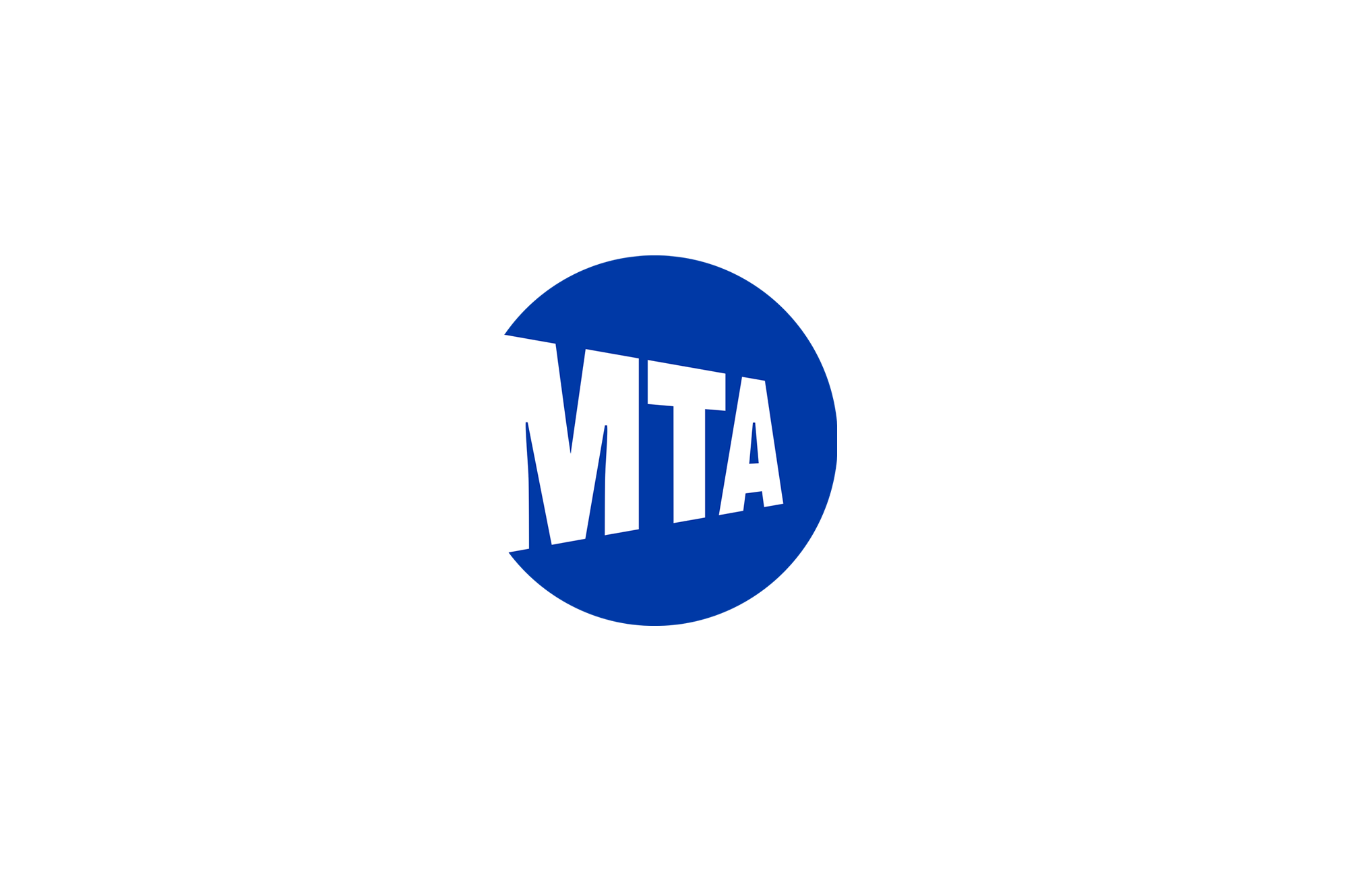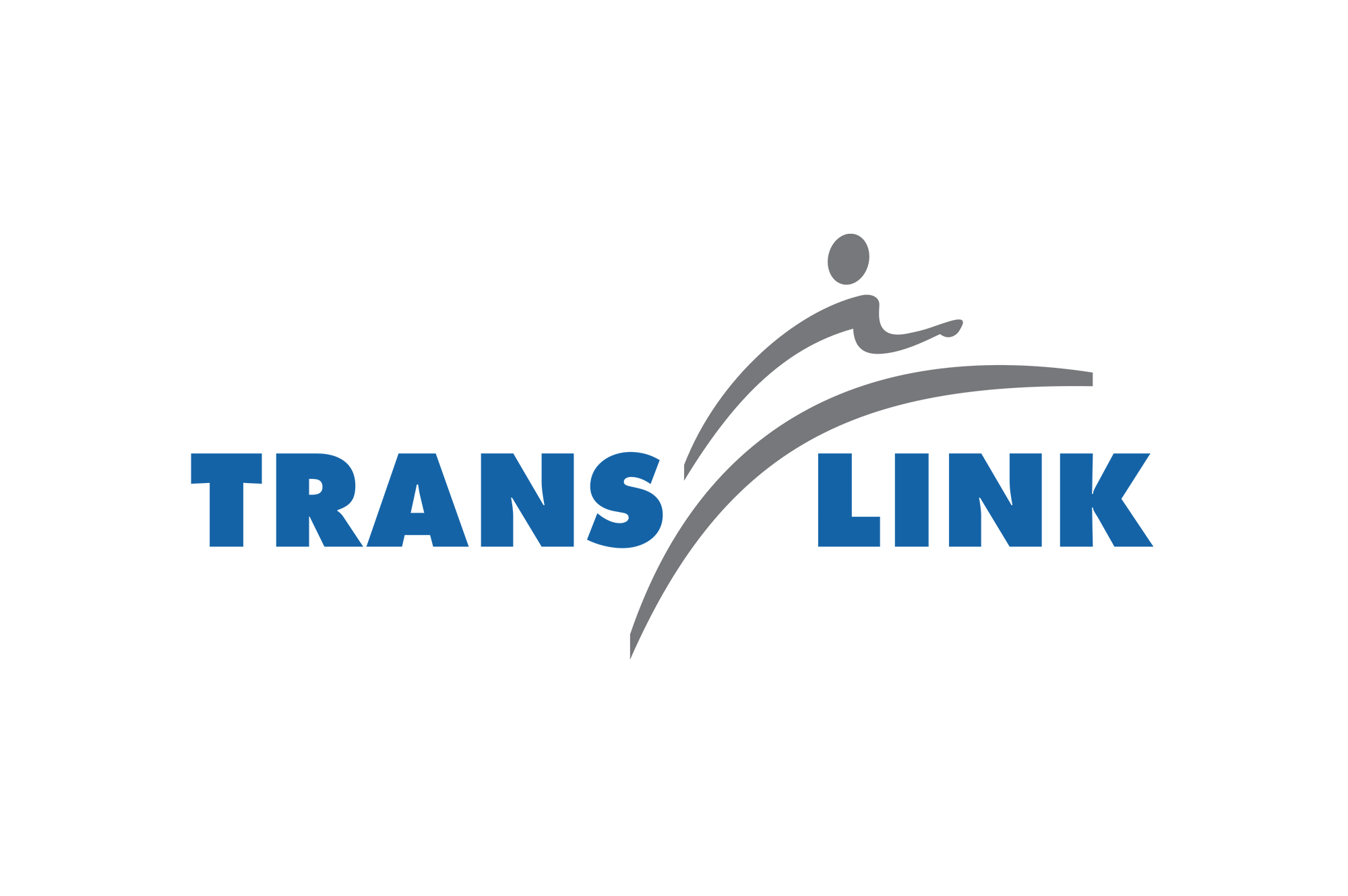
As global industries and academia rapidly migrate learners online, we can gather some insight from others that have embraced isolated online users. There are few industries that tell a story, capture attention and keep you engaged better than the advertising, gaming and film industries.
So just imagine what would happen if the eLearning industry took its cues from these heavyweights to optimize the online learning experience? We’re guessing more engagement, interest and retention.
Here are 7 ways you can leverage proven methodologies for your training courses – even the mandatory ones.
Research shows that when a positive effect is created through emotional design features, learners are able to finish courses with a high sense of accomplishment and confidence in their capabilities. Similar to movies or ads that effectively pull on the heartstrings, emotionally-relevant learning helps learners make sense of the content and absorb it better, leading to more creative on-the-job problem solving.
Everyone likes a good story, especially if it’s one they can relate to and see themselves in. Building up to a story climax where the central character, who initially struggled with a concept but now has resolved the challenge, is a good way to bring meaning to the course. Don’t forget to be inclusive, representing all aspects of your workforce throughout the narrative.
Videogames have now exceeded the film industry in revenue. Likewise, gamification in eLearning is surging in popularity as companies see the benefit of stimulating the brain in different ways. Gamification increases user engagement, can influence behaviour and motivate participation. And while learners are having fun, employers can measure their progress and outcomes along the way.
Just like in any good movie, eLearning can also be developed to include the element of surprise. Instead of the traditional layout and navigation, creating something unexpected adds interest and increases engagement.
Sometimes a picture really is worth a thousand words. Some of the best advertisements hook us with little or no text, just photos or video. Using photos, illustrations and graphics to your advantage can help visual learners understand and remember the content. Plus, research shows that a mix of visual and verbal cues spurs engagement.
It’s hard to beat the impact of amazing computer graphics in movies, so why not do the same for your training? It’s not just Hollywood that has access to some pretty cool tools. These days, eLearning is using virtual, augmented and mixed realities to great effect, producing cinematic solutions and 3D holographs to create virtual environments.
The consumer, of course, being the learner in this case. Advertisers have made an art out of speaking to the consumers in a way that connects directly with them. Along with all other forms of communication, advertising is getting more and more informal, keeping pace with what’s current and new. Meanwhile, many eLearning courses rely heavily on old school formality. Keeping language aligned with how people talk every day in real life will go a long way to helping them connect to the content.
We develop digital knowledge solutions. Our team makes heroes of learning and development professionals. We improve workspace experience (and lives) across the globe, with better learning.




















